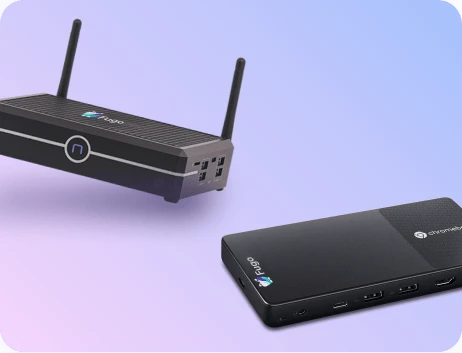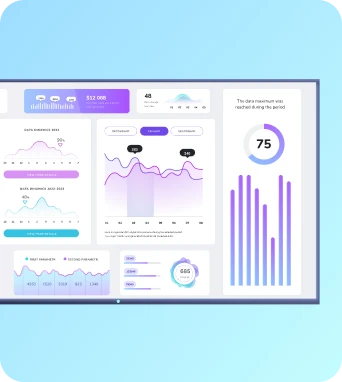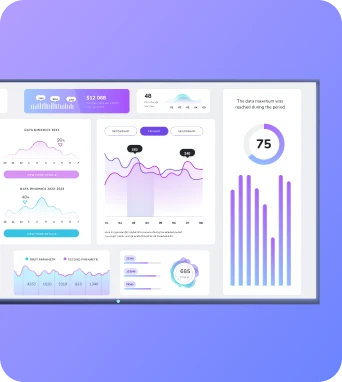Bezel compensation
Bezel compensation is the method of adjusting displayed images across multiple screens in a video wall to account for the physical borders (bezels) between panels. It shifts or scales content so graphics, text and layouts appear continuous, preventing misalignment and improving readability and branding across multi-screen digital signage setups.
Bezel compensation
How bezel compensation works
At its core, bezel compensation modifies how a single image maps to a group of physical displays. There are two common approaches: edge offsetting and content cropping. Edge offsetting shifts content so that elements that would otherwise be split by bezels are repositioned into visible areas, effectively translating pixels inward from each bezel edge. Content cropping removes or compresses small vertical or horizontal strips from the source image to prevent critical content from being interrupted. Both methods require accurate measurements of bezel width and must respect the native resolution of each panel to avoid visible scaling artefacts. Where displays are tightly calibrated and bezels are consistent, software compensation can produce nearly seamless visuals without hardware alteration. Commercial digital signage workflows often combine software compensation with careful template design. Designers place key elements away from bezel zones, reserving margin space to tolerate slight mismatches. For dashboards and data visualisations this means avoiding placing small text or thin gridlines directly across joins. Advanced players and media servers provide per-panel transformation settings, allowing networked devices to render only their portion of the composed image while applying offsets locally. This distributed rendering reduces the need for heavy transcoding and keeps playback smooth on lower-powered players, which is particularly relevant for TV dashboard deployments where real-time data and refresh rates matter.
When and where to apply bezel compensation
Bezel compensation is most valuable for video walls and tiled displays where content spans multiple panels. Retail windows, control rooms, reception walls and meeting-room backdrops frequently benefit because these use cases rely on large, continuous imagery or dense information layouts. For TV dashboards that present charts, maps or key performance indicators across several screens, compensation ensures axis lines, labels and data series remain legible and correctly aligned. Implementing compensation is less critical for individual displays or for content that is intentionally modular—such as a grid of unrelated images—where seams are part of the aesthetic. Decision factors include bezel width, panel uniformity and content type. Thin-bezel and bezel-less panels reduce the visual impact and may require minimal compensation, whereas legacy displays with wide frames demand precise correction. When integrating with Fugo.ai, account for the player’s rendering capabilities and the chosen canvas arrangement. Test with sample content at the target resolution and run calibration routines to verify offsets. Consider environmental factors: viewing distance and angle influence how noticeable bezels are, so compensation tolerances can be relaxed for installations viewed from afar. Finally, weigh the maintenance overhead. Networks that frequently swap panel models or update layouts need a repeatable calibration process; saved presets and documented measurements speed redeployment and prevent display drift across large signage estates.
Best practices and next steps
Keep the learning going...
BenQ smart signage displays
BenQ smart signage displays are commercial-grade digital screens built for continuous operation in public and corporate spaces. They combine robust hardware, high-brightness panels, integrated media players and network management features to deliver reliable, easy-to-deploy solutions for retail, education, hospitality and workplace dashboards.
Bezel
A bezel is the border or frame that surrounds a display panel. In digital signage it determines visible screen area, aesthetic finish and the gap between adjacent screens. Bezel size and design affect mounting, the perceived continuity of multiscreen layouts and content alignment strategies for video walls and tiled displays.
Bezel gap reduction
Bezel gap reduction refers to the suite of engineering, installation and software techniques used to minimise visible seams between adjacent screens in video walls and multi-screen TV dashboards. It encompasses choice of narrow-bezel panels, precision mounting and mounting frames, panel alignment, optical treatments and software-level compensation to improve perceived continuity across Fugo.ai signage networks.



